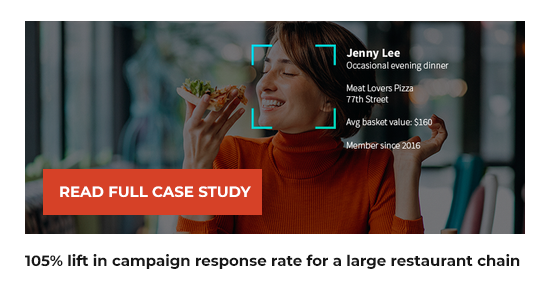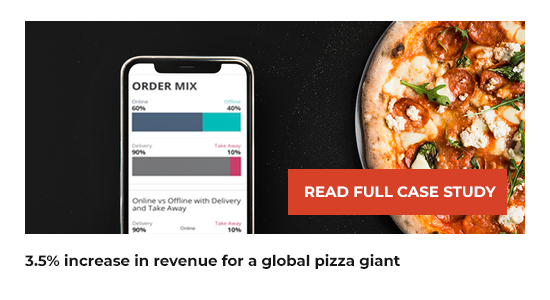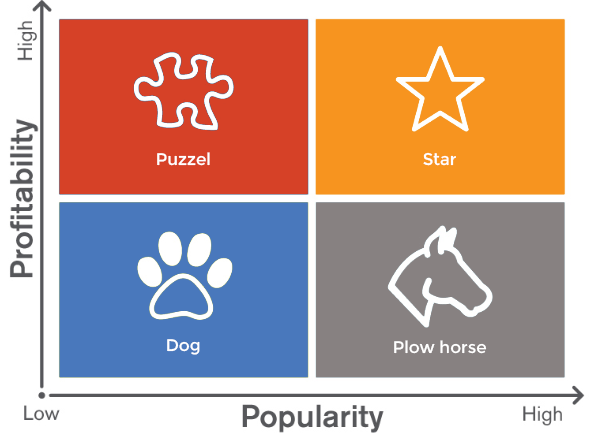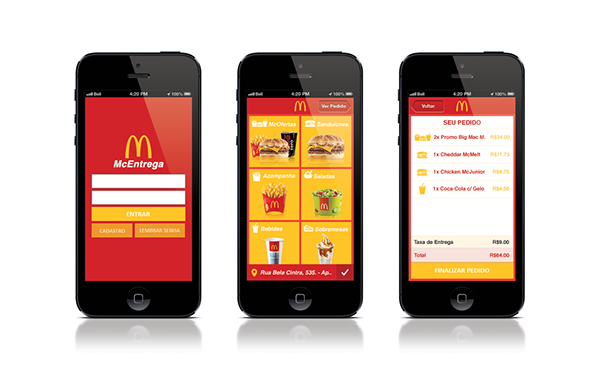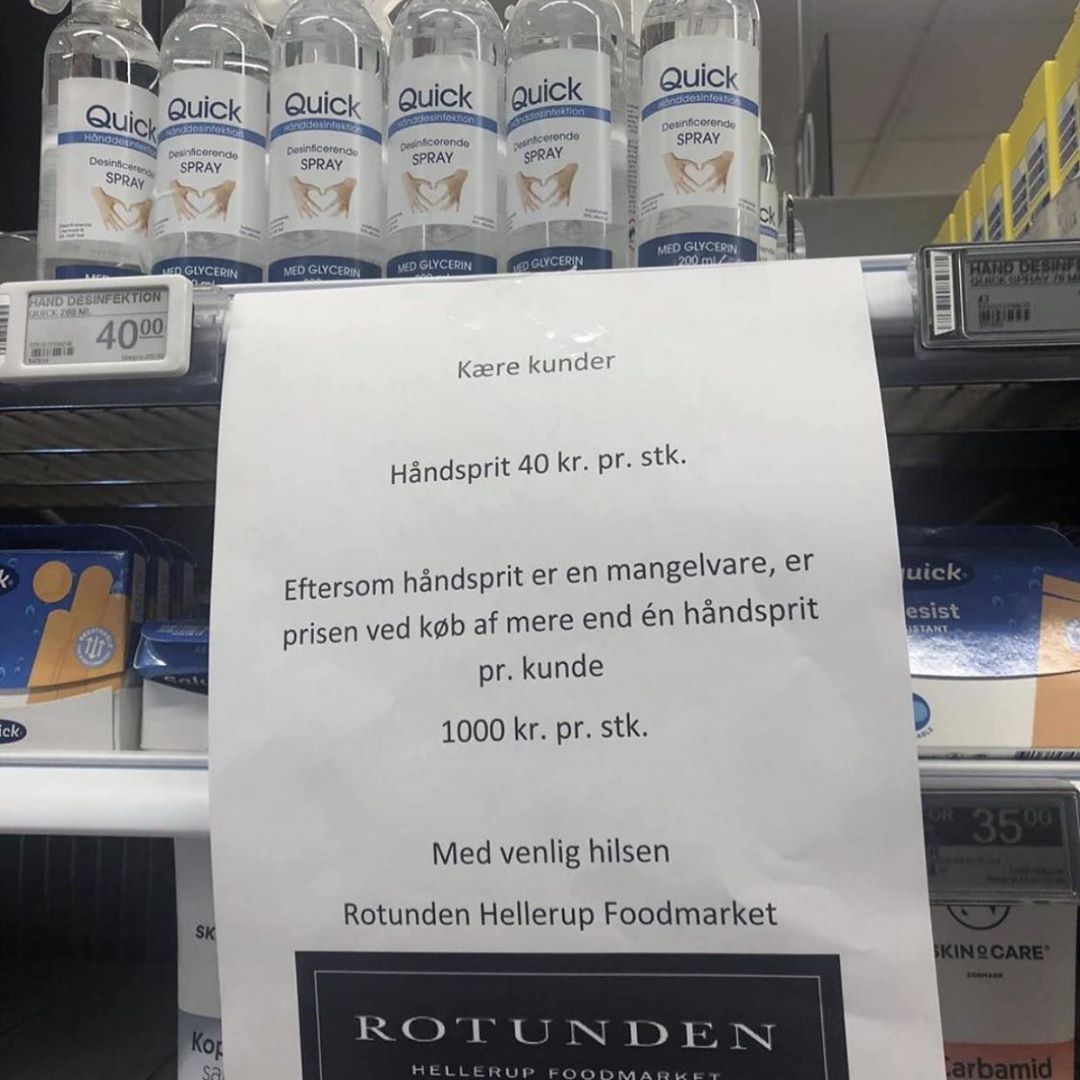As a marketing analytics provider, we talk a lot about silos.
Silos can describe any number of things, including:
- Departments and/or groups within an organization that experience a disconnect or do not benefit from collaboration
- Implemented technologies or applications that do not talk to each other
- Disparate data sources
We also talk a lot about the ‘single version of the truth’. It’s the phenomenon that occurs when the business has worked to integrate all relevant data sources and has mutually agreed upon the metrics by which to measure the business. When a ‘single version of the truth’ is achieved, there’s no disagreement on sales or performance.
But what about when a business is planning for the future?
I spent some time last week chatting with a large national department store and one of the largest third party data providers. The department store was discussing how they use customer data to devise future marketing and business plans.
In retail, the notion of top-down and bottom-up planning as discrete activities is not uncommon. The management team issues high level objectives related to sales, margin, and more. Then the merchandising team gets to work creating bottom-up plans, which detail the minute tactics to achieve the high level sales objectives. This includes many decisions related to merchandise and assortment plans, in addition to promotional plans. The category managers make decisions using historical performance records and perhaps, some sales forecast data to determine where to grow, maintain and reduce areas of the merchandise assortment. In large part, the analytics performed by the merchandising team is largely internal data related to sales and product related metrics while ignoring customer insights.
On the other hand, the executive team looks to market indicators for planning purposes. Economic indicators, competitive intelligence and consumer aggregate data to uncover areas of opportunities for the coming quarters and years.
Then the distinct parties (i.e., executives and merchandisers) work together to arrive at a mutually agreeable plan.
The same happens for marketers. Executives review external data sources, where teams in charge of the marketing plan review historical performance and perhaps (if they’re lucky), predictive analytics.
There has to be a better way. Today, when the customer is moving faster than the marketing organization, marketers must determine what is necessary to support agility. These planning processes are clearly clunky and glacial in nature.
The next step in getting to agility is getting all your marketing data (whether internal or external) in a single place, for executives and marketers alike. For an accurate 360-degree view of the customer, the marketer must understand the customer in context of her interactions with the business establishment, her interactions as a part of a crowd, and her interactions outside of the business establishment. Now, that’s how marketers can get the most out of customer data.
Look for more on this topic as Manthan is constantly looking for innovative ways to incorporate external data in deriving insights that are meaningful to marketers and merchandisers while blending long term planning information into day-to-day business decisions.
Related Solution: Transform your Customer Marketing with Manthan’s Customer Analytics Solution






